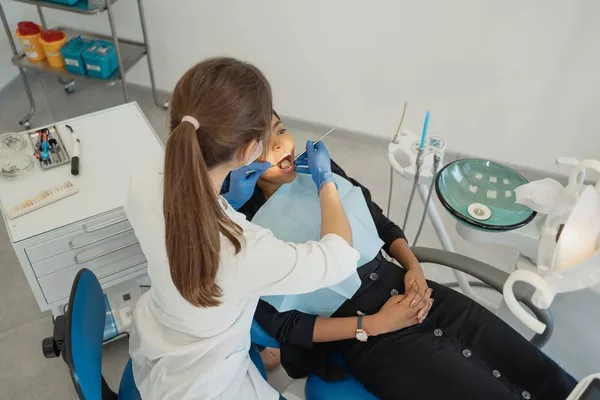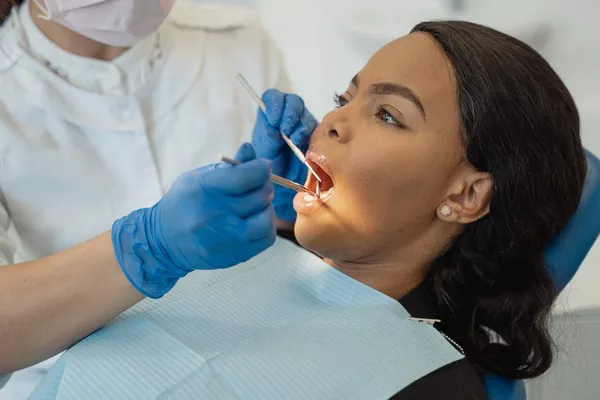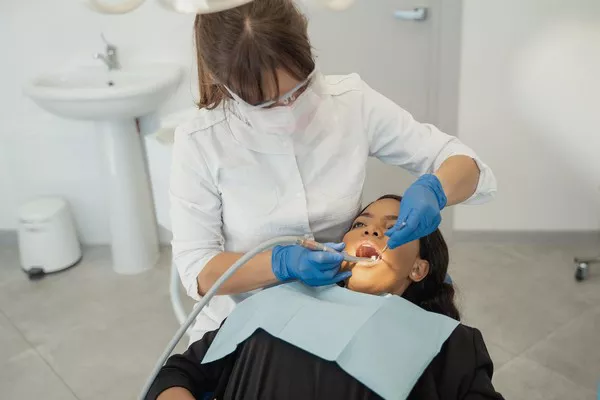Braces are a common orthodontic treatment used to correct misaligned teeth and achieve a straighter, healthier smile. While the benefits of braces are widely recognized, there is often concern about the potential pain and discomfort associated with wearing braces. In this comprehensive guide, we will delve into the topic of brace-related pain, discussing the different stages of treatment, potential discomfort, and strategies for managing any discomfort that may arise.
Understanding Orthodontic Treatment and Braces
Orthodontic treatment involves the use of braces to gently move teeth into their optimal positions over a period of time. Brackets, which are bonded to the teeth, and archwires, which connect the brackets, work together to apply controlled forces that gradually shift the teeth. Additional components such as elastics or rubber bands may also be used to assist with alignment.
The Phases of Brace Treatment and Associated Discomfort
Initial Placement:
When braces are first placed on the teeth, it is normal to experience some level of discomfort or soreness. This is primarily due to the pressure exerted on the teeth and the soft tissues inside the mouth as they adjust to the presence of the braces. The discomfort is often described as a dull ache or pressure sensation and typically lasts for a few days to a week.
Adjustments and Tightening:
Throughout the course of treatment, periodic adjustments are made by the orthodontist to gradually move the teeth. During these adjustment appointments, the orthodontist may tighten the archwires or replace them with thicker ones. This can lead to temporary discomfort as the teeth readjust to the increased pressure. The intensity of the discomfort varies among individuals, but it usually subsides within a few days.
Mouth Sores and Irritation:
Braces can potentially cause mild irritation or sores on the inside of the lips, cheeks, or tongue. The soft tissues may rub against the brackets or wires, resulting in discomfort. Wax or special orthodontic silicone can be applied to the braces to alleviate this irritation.
Orthodontic Emergencies:
In rare cases, certain orthodontic emergencies such as a loose bracket, broken wire, or dislodged appliance may occur during treatment. These situations can cause discomfort or even pain. It is important to contact your orthodontist promptly if you experience an orthodontic emergency for appropriate guidance and resolution.
Managing Discomfort During Braces Treatment
While some level of discomfort is expected with braces, there are strategies to help manage and minimize any pain or soreness experienced during treatment:
Over-the-counter Pain Relief:
Non-prescription pain relievers such as ibuprofen or acetaminophen can help alleviate the temporary discomfort associated with braces. Follow the recommended dosage and consult with your orthodontist or healthcare provider if you have any concerns.
Saltwater Rinse:
A warm saltwater rinse can provide relief for gum irritation or mouth sores caused by braces. Dissolve half a teaspoon of salt in eight ounces of warm water and rinse your mouth gently for about 30 seconds, then spit out the mixture.
Orthodontic Wax:
Applying orthodontic wax over any brackets or wires that are causing irritation can create a cushioning effect and reduce discomfort. Your orthodontist will provide you with wax and demonstrate how to use it properly.
Soft Food Diet:
Consuming soft foods during the initial days after braces placement or adjustments can help minimize discomfort. Opt for foods such as soups, mashed potatoes, yogurt, smoothies, and pasta. Avoid hard, sticky, or crunchy foods that may increase sensitivity or lead to damage.
Orthodontic Silicone:
In addition to wax, orthodontic silicone can be used to create a protective barrier between the braces and the soft tissues of the mouth. It is available in various forms, such as lip protectors or cheek shields, and can provide relief from irritation.
Oral Anesthetic Gel:
Topical oral anesthetic gels containing benzocaine can temporarily numb the affected area and provide relief from discomfort. Follow the instructions provided by your orthodontist or dentist for safe usage.
Proper Oral Hygiene:
Maintaining good oral hygiene is crucial during braces treatment to prevent issues such as gum inflammation or infection. Brush your teeth gently using a soft-bristle toothbrush and fluoride toothpaste. Flossing or using interdental brushes will help clean between the brackets and wires effectively.
How bad do braces hurt on a scale of 1 to 10?
The level of discomfort experienced with braces can vary widely among individuals, and it is subjective. Therefore, it is challenging to provide a definitive rating on a scale of 1 to 10 that would universally apply. What might be perceived as a high level of pain for one person may be considered mild or bearable by another.
That being said, during the initial placement of braces and subsequent adjustments, it is common to experience some level of soreness or discomfort. This discomfort is often described as a dull ache or pressure sensation. While it can be noticeable, most individuals find it manageable and adapt to it over time as their mouths adjust to the braces.
In general, many people rate the discomfort associated with braces between a 2 and a 6 on a pain scale of 1 to 10. The intensity and duration of the discomfort tend to vary depending on factors such as individual pain tolerance, the specific stage of treatment, and the types of adjustments made.
It’s important to remember that any discomfort experienced with braces is typically temporary and tends to subside within a few days. As the teeth gradually move into proper alignment, the discomfort diminishes. Additionally, advancements in orthodontic technology and techniques have led to the development of more comfortable and efficient treatment options.
If you are concerned about pain or discomfort during your braces treatment, it is best to discuss your specific situation with your orthodontist. They can provide personalized guidance and suggestions to help manage any discomfort that you may experience.
Related Topics:





























